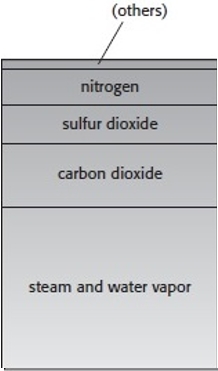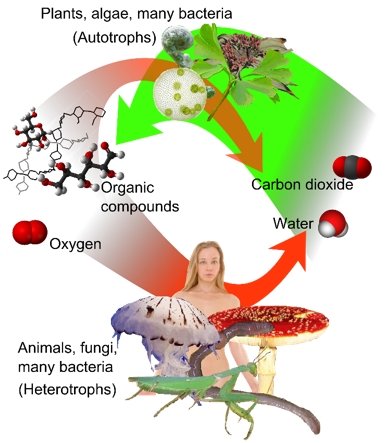Many different habitats have been seriously suggested as the environment in which life began. However, some are less likely than others. Soil surfaces would not attract the quantity of organic material that would be available in water. Interstellar space and the atmosphere are too dry. Most theories of the origin of life suggest surface or shoreline habitats in lakes, lagoons, or oceans.
But it’s unlikely that life evolved in the sea. Complex organic molecules are vulnerable to damage from the sodium and chlorine in seawater. Most likely, then life evolved in lakes, or in seashore lagoons that were well supplied with river water. We have come to think of lagoons as tropical: the very name conjures up blue water and palm trees. Warm temperatures promote chemical reactions, and an early tropical island would most likely have been volcanic and therefore liable to have interesting minerals. But RNA bases are increasingly unstable as temperatures rise above 0°C: normal tropical water (25°C) may be about as warm as it could be for the origin of life.
So perhaps cold volcanic islands were the best environments favoring organic reactions on early Earth.

A planetary interior may be hot enough to melt rock. If molten rocks reach the planetary surface in volcanic eruptions, the gases they give off may help to form an atmosphere. The mixture of gases shown below was measured at Kilauea Volcano, in Hawaii; other volcanoes erupt different mixtures, but the basic ingredients are the same. Sulfur dioxide is caught up in raindrops, leaving water vapor, carbon dioxide, and nitrogen as the main constituents of the atmosphere.

Possible Habitats for the Origin of Life:
[dcs_ul_list type=”squ-blue”]
- Soils
- The Upper Atmosphere
- Space
- Lakes or Lagoons
- Glacial Volcanic Islands
- Deep Sea Rifts
[/dcs_ul_list]
Energy Sources For The First Life:
We have seen that living things use energy. Much of biology consists of studying metabolism and ecology: the ways in which living things acquire and use the energy they need to grow and reproduce.
Living organisms gain energy in two ways: heterotrophy and autotrophy. Heterotrophs obtain their metabolic energy by breaking down organic molecules they absorb from the environment: hummingbirds.
The first heterotrophic cells would naturally have used the simplest possible reactions to break down organic molecules. These are fermentation reactions, in which cells break down sugars such as glucose. Glucose is often called the universal cellular fuel for living organisms, and it was probably the most abundant sugar available on early Earth. [Humans use fermenting microorganisms to produce beer, cheese, vinegar, wine, tea, and yogurt, and fermenting organisms break down much of our sewage. Autotrophs do not need food molecules from outside: they make them inside the cell, typically paying the cost of building the molecules by absorbing energy from outside. Since they then break down the molecules again for growth and replication, they must operate in an environment that gives them outside energy. Autotrophs generate their own energy, but in two completely different ways. They may extract chemical energy from inorganic molecules (lithotrophy), or gain energy by trapping radiation (photosynthesis).

From then on, we can imagine early communities of bacteria made up of autotrophs and heterotrophs, evolving improved ways of gathering or making food molecules. We can now envisage a world with a considerable biological energy budget and large populations of microorganisms: Archaea, photosynthetic bacteria, and heterotrophic bacteria. So there is at least a chance that a paleontologist might find evidence of very early life as fossils in the rock records.
In depth analysis of this theory is explained by Richard Cowen in his book ‘History of Life’. Evolution of life as a whole does leave us with lot of questions. This is just one of the theories. We shall learn many more theories in our future posts.

































